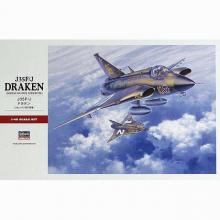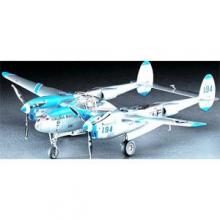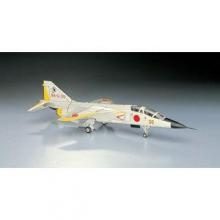Envío y devoluciones
Europe, UK: Wednesday, Nov 19 ~
USA: Sunday, Nov 16 ~
Australia: Tuesday, Nov 18 ~
Asia: Monday, Nov 17 ~
UAE: Tuesday, Nov 18 ~
Order within 1 Hours 17 mins with Scheduled Delivery. If you place an order within this time, We will ship Monday, Nov 17 2025. This delivery time is calculated by DHL and FedEx. You can check the exact delivery date on checkout page.
USA: Sunday, Nov 16 ~
Australia: Tuesday, Nov 18 ~
Asia: Monday, Nov 17 ~
UAE: Tuesday, Nov 18 ~
Order within 1 Hours 17 mins with Scheduled Delivery. If you place an order within this time, We will ship Monday, Nov 17 2025. This delivery time is calculated by DHL and FedEx. You can check the exact delivery date on checkout page.
protección al comprador
Reembolso total si no es original. Para artículos nuevos, reembolso total o parcial si no encaja con la descripción
Opinión (0 rating)
No hay opiniones para este artículo...
Descripción (1,780 characters)
A plastic model that requires assembly and painting. Separate tools, paint, etc. are required.
Product introduction 1/32 scale plastic model. The first prototype was completed in December 1930, and test flights showed that although its maximum speed was approximately 30km/h higher than the Type 97 fighter, its maneuverability was inferior and it was insufficiently powerful for the next generation of fighters, so the wing Various renovations were made, including changing the area and replacing the engine. Around 1945, the General Staff believed that in order to capture Singapore in the southern invasion operation, a fighter plane with great cruising power was needed to support the convoy. A way out was found. In April 1940, the modified aircraft was tested and achieved the required cruising power, and it was also excellent in vertical combat, so it was decided to be adopted as a Type 1 fighter in May 1943, and from June of the same year, the 8 Approximately 30 Type I aircraft were received by the 59th Flight Squadron over the month. The Hayabusa I type was mainly deployed in the Burma area and greatly contributed to the successful advance in the early stages of the war. The Type II fighter jet had an engine replaced with a Ha-115, the aircraft design was refined, and various performance improvements were made. When the Type II fighter was put into actual combat, it had an advantage over the Buffalo, Hurricane, P-40, etc. However, it was forced to struggle against the later Spitfire and P-38. However, it was the easiest to handle among the Army fighter aircraft at the time and had a high availability rate, so mass production continued until the end of the war. (From Discovery Japan Mall) Safety Warnings None
Product introduction 1/32 scale plastic model. The first prototype was completed in December 1930, and test flights showed that although its maximum speed was approximately 30km/h higher than the Type 97 fighter, its maneuverability was inferior and it was insufficiently powerful for the next generation of fighters, so the wing Various renovations were made, including changing the area and replacing the engine. Around 1945, the General Staff believed that in order to capture Singapore in the southern invasion operation, a fighter plane with great cruising power was needed to support the convoy. A way out was found. In April 1940, the modified aircraft was tested and achieved the required cruising power, and it was also excellent in vertical combat, so it was decided to be adopted as a Type 1 fighter in May 1943, and from June of the same year, the 8 Approximately 30 Type I aircraft were received by the 59th Flight Squadron over the month. The Hayabusa I type was mainly deployed in the Burma area and greatly contributed to the successful advance in the early stages of the war. The Type II fighter jet had an engine replaced with a Ha-115, the aircraft design was refined, and various performance improvements were made. When the Type II fighter was put into actual combat, it had an advantage over the Buffalo, Hurricane, P-40, etc. However, it was forced to struggle against the later Spitfire and P-38. However, it was the easiest to handle among the Army fighter aircraft at the time and had a high availability rate, so mass production continued until the end of the war. (From Discovery Japan Mall) Safety Warnings None










